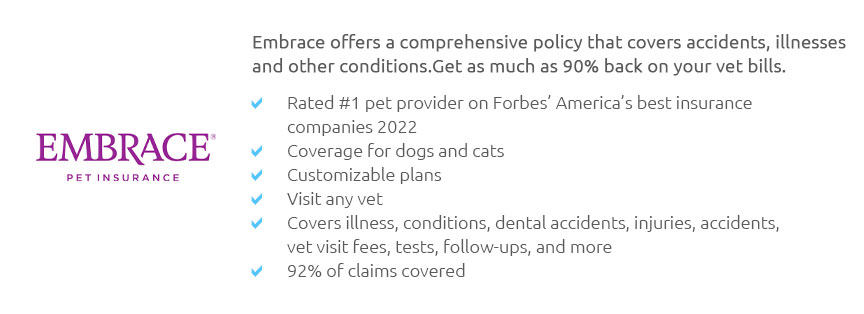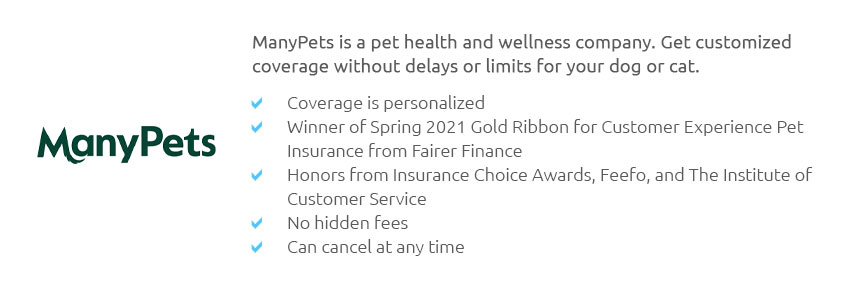 |
 |
 |
 |
 |
 |
|
 |
|
 |
|
 |
|
 |
|
 |
 |
 |
 |
 |
 |
 |
 |
The Cost of Pet Insurance for Dogs: An In-Depth ExplorationFor many pet owners, ensuring the well-being of their beloved canine companions is of utmost importance, and pet insurance is often considered a valuable investment. However, understanding the cost of pet insurance for dogs can be a complex endeavor. This article aims to provide reliable insights into the various factors influencing the cost of insuring your furry friend, helping you make an informed decision. First and foremost, it is essential to recognize that the cost of pet insurance can vary significantly based on several key factors. Breed plays a crucial role in determining premiums; certain breeds are predisposed to specific health issues, which can drive up costs. For instance, large breeds like Great Danes or Bernese Mountain Dogs might face higher premiums due to their susceptibility to conditions such as hip dysplasia or heart problems. On the other hand, mixed breeds often enjoy lower premiums due to their genetic diversity. Age is another critical factor. Puppies are generally less expensive to insure than older dogs, as they are less likely to have pre-existing conditions. However, as dogs age, the likelihood of developing health issues increases, which can lead to higher insurance premiums. It is worth noting that some insurers may not offer new policies for senior dogs, making it advantageous to secure insurance while your pet is still young. Moreover, the geographical location of the pet owner can influence the cost of pet insurance. Urban areas, where veterinary care tends to be more expensive, often come with higher premiums compared to rural regions. Additionally, the level of coverage chosen will directly impact the cost. Policies range from basic accident coverage to comprehensive plans that include wellness checks, vaccinations, and dental care. Many insurance providers offer customizable plans, allowing pet owners to tailor coverage to fit their budget and needs. For example, opting for a higher deductible can lower monthly premiums, while a lower deductible typically results in higher premiums. It is essential to weigh these options carefully, considering both immediate and long-term financial implications. While the cost of pet insurance might seem daunting, it is important to remember that it can provide substantial peace of mind. In the event of an unexpected illness or accident, having insurance can alleviate the financial burden, enabling you to focus on your dog's recovery without the added stress of exorbitant veterinary bills. Furthermore, many insurance companies offer discounts for insuring multiple pets, which can be beneficial for households with more than one furry friend. In conclusion, the cost of pet insurance for dogs is influenced by a myriad of factors, each contributing to the overall premium. By understanding these elements and carefully evaluating the available options, pet owners can find a policy that offers both valuable coverage and financial feasibility. While opinions on pet insurance vary, many find that the security it provides is well worth the investment, ensuring that their cherished companions receive the best possible care throughout their lives. https://www.nerdwallet.com/article/insurance/cost-of-pet-insurance
The average pet insurance cost is about $56 per month for dogs and $32 per month for cats for the most common type of policy. https://www.experian.com/blogs/ask-experian/how-much-does-pet-insurance-cost/
Pet insurance costs an average of $675 annually for dogs and $383 annually for cats. However, your pet insurance premiums may be higher or lower depending on ... https://www.valuepenguin.com/pet-insurance/average-cost-of-pet-insurance
Pet insurance costs an average of $53 per month for dogs and $32 per month for cats, while overall pet insurance rates can range from $9 to more than $100 per ...
|